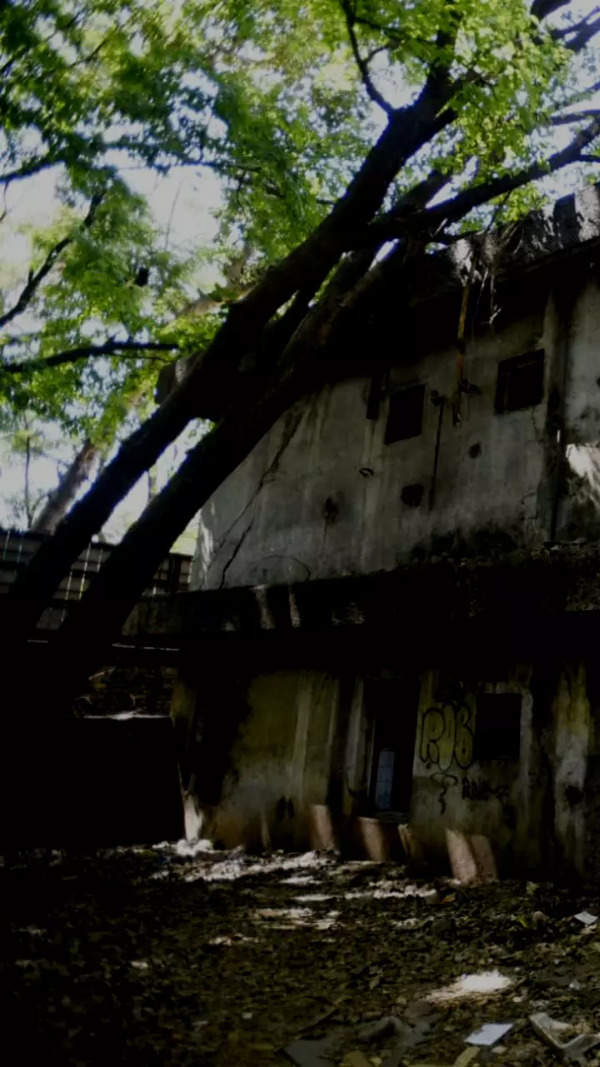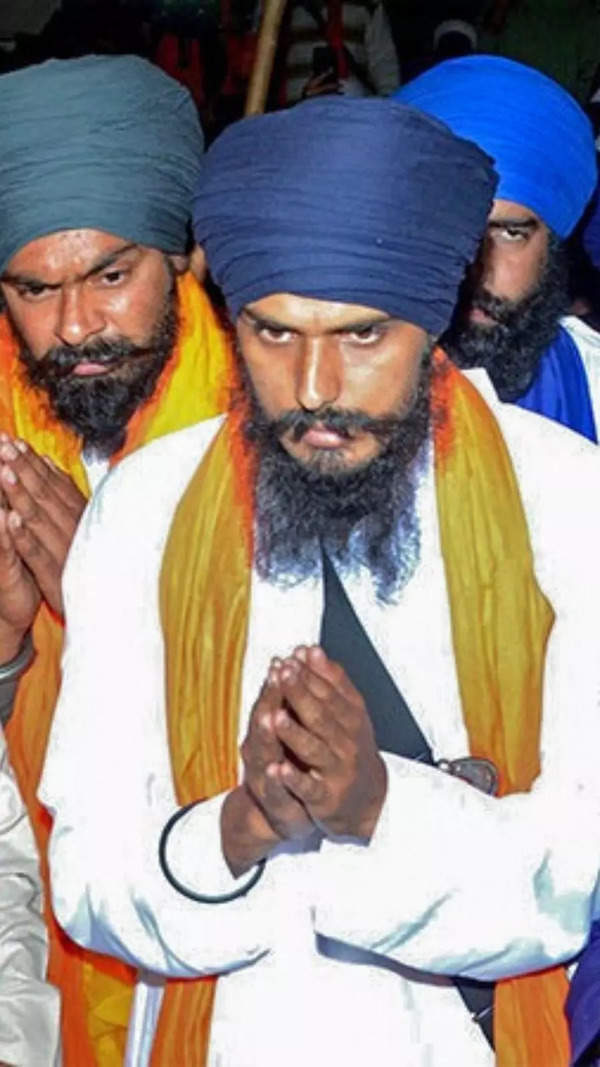- News
- City News
- ludhiana News
- Not just dyeing & electroplating units, 'host of hazardous factories' in Ludhiana
Trending Topics
Not just dyeing & electroplating units, 'host of hazardous factories' in Ludhiana

LUDHIANA: The exact cause of Giaspura gas leak tragedy is yet to be ascertained but agencies carrying out investigation primarily suspect dyeing and electroplating factories of discharging some chemical into the sewerage lines which led to the Sunday incident. However there are a host of other factories in Ludhiana, besides dyeing and electroplating units, which deal with hazardous chemicals. Such units do not only use harmful chemicals and agents, but generate harmful waste in the form of liquid and solid during post-production processes.
According to representatives of the electroplating and dyeing industry, they should not be seen "as culprits" amid the presence of other categories of polluting industries.
Ludhiana Electroplaters Association (LEA) vice-president Rajan Gupta said, "It is very unfortunate that despite being highly compliant in regards to environmental norms, the electroplating sector is always tagged as the most polluting industries of Ludhiana and Punjab. In the Giaspura tragedy, too, fingers were being pointed at the electroplating industry without considering the ground reality that chemicals used are in no way capable of producing such harmful gases. Industries which cause water and other types of pollution also include those into soap manufacturing, chemical manufacturing, plastic products manufacturing, pharmaceutical manufacturing and paint manufacturing. These industries use and discharge very harmful chemicals in their production."
On similar lines, Apparel Technology and Common Facilitation Centre chairman Vinod Thapar added, "Fingers were being pointed at the dyeing industry without even verifying the fact that there is not a single registered dyeing unit in that area. As far as the dyeing industry in Ludhiana is concerned, only 150 to 175 units are left, which is just a fraction of the non-dyeing and highly-polluting industries in the city. At present, there is not even a single dyeing unit in Ludhiana which is operating without the consent from the authorities or which does not have in-house provision for treating its water in effluent treatment plant or access to the common effluent treatment plant."
Thapar said, "Against a handful of dyeing units which are complying with norms, there are thousands of non-dyeing units which do labour job involving several harmful processes like washing and calendering, powder coating, smelting, heat treatment etc and these not only use very toxic and dangerous chemicals, but also generate hazardous waste. But they are never blamed for any kind of pollution and it is the dyeing industry which is crowned as the biggest villain for spreading pollution."
According to representatives of the electroplating and dyeing industry, they should not be seen "as culprits" amid the presence of other categories of polluting industries.
Ludhiana Electroplaters Association (LEA) vice-president Rajan Gupta said, "It is very unfortunate that despite being highly compliant in regards to environmental norms, the electroplating sector is always tagged as the most polluting industries of Ludhiana and Punjab. In the Giaspura tragedy, too, fingers were being pointed at the electroplating industry without considering the ground reality that chemicals used are in no way capable of producing such harmful gases. Industries which cause water and other types of pollution also include those into soap manufacturing, chemical manufacturing, plastic products manufacturing, pharmaceutical manufacturing and paint manufacturing. These industries use and discharge very harmful chemicals in their production."
On similar lines, Apparel Technology and Common Facilitation Centre chairman Vinod Thapar added, "Fingers were being pointed at the dyeing industry without even verifying the fact that there is not a single registered dyeing unit in that area. As far as the dyeing industry in Ludhiana is concerned, only 150 to 175 units are left, which is just a fraction of the non-dyeing and highly-polluting industries in the city. At present, there is not even a single dyeing unit in Ludhiana which is operating without the consent from the authorities or which does not have in-house provision for treating its water in effluent treatment plant or access to the common effluent treatment plant."
Thapar said, "Against a handful of dyeing units which are complying with norms, there are thousands of non-dyeing units which do labour job involving several harmful processes like washing and calendering, powder coating, smelting, heat treatment etc and these not only use very toxic and dangerous chemicals, but also generate hazardous waste. But they are never blamed for any kind of pollution and it is the dyeing industry which is crowned as the biggest villain for spreading pollution."

About the Author
Mohit BehlPrincipal Correspondent with Times of India, reports about Income tax, GST, ED, DRI, Customs, CBI, CBIC,CBDT, business, financial crime,banks,politics.
Start a Conversation
FOLLOW US ON SOCIAL MEDIA
FacebookTwitterInstagramKOO APPYOUTUBE










